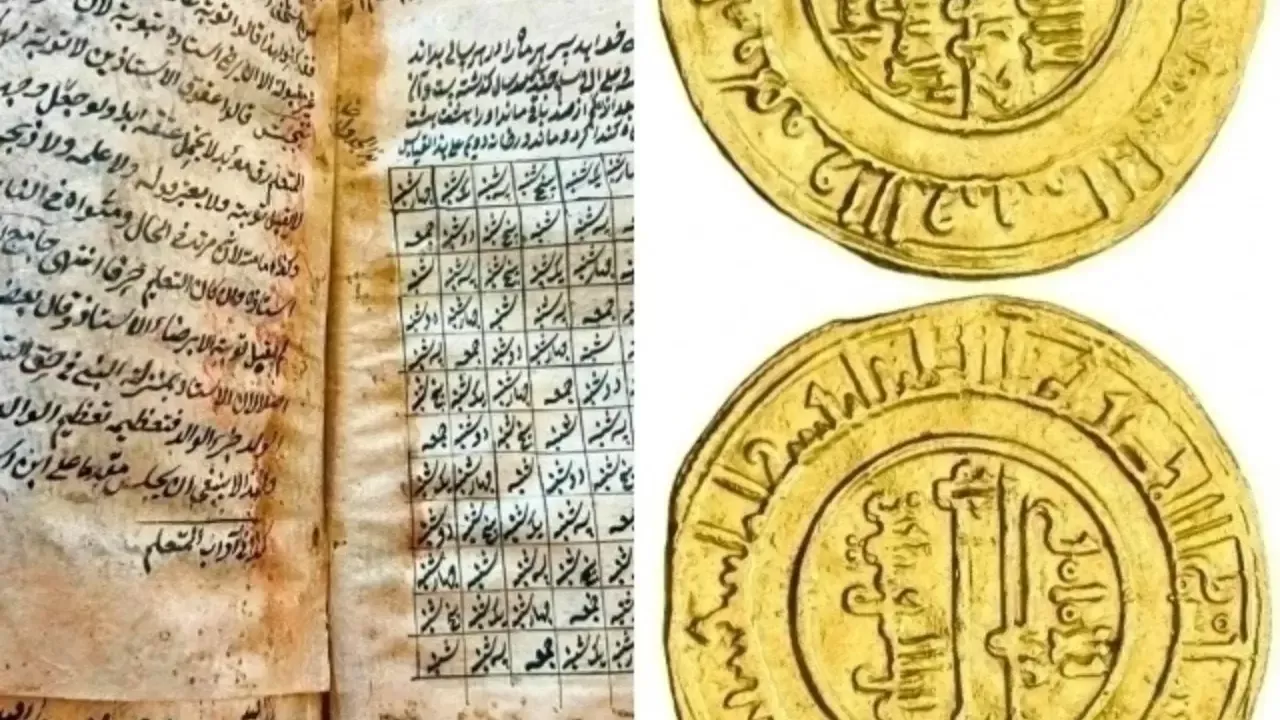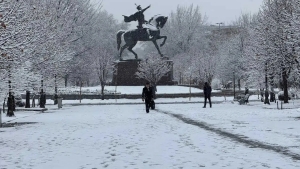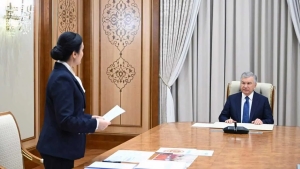
Significant developments have been observed in the study of historical and cultural heritage in Namangan region. This was reported by Zamin.uz.
According to the press service of the regional administration, rare manuscripts from the 8th century and coins minted during the Abbasid period were discovered. The collections of the New Aksi complex at the Ahsikent Archaeological Park have been enriched with 68 new coins and 27 manuscripts.
According to archaeologists, the silver coins from the Abbasid rule stand out with their distinctive Arabic inscriptions and decorations. The discovered manuscripts contain valuable information on various fields of science, including geometry, mathematics, astronomy, and medicine.
This work is considered an important source demonstrating the level of science at that time. Additionally, it was found that among the discoveries there are coins belonging to the Samanid and Karakhanid periods.
Moreover, coins issued in Sweden between 1667–1670 and in Great Britain in 1836 were also found. Experts believe that the earliest silver coins date back to the 3rd century BC.
Their obverse features portraits of kings, while the reverse depicts various gods, sacred animals, or the names and seals of rulers. Excavation work is currently ongoing, and archaeologists emphasize that the findings are of great importance not only for the local but also for the international scientific community.
Source: zamin.uz







